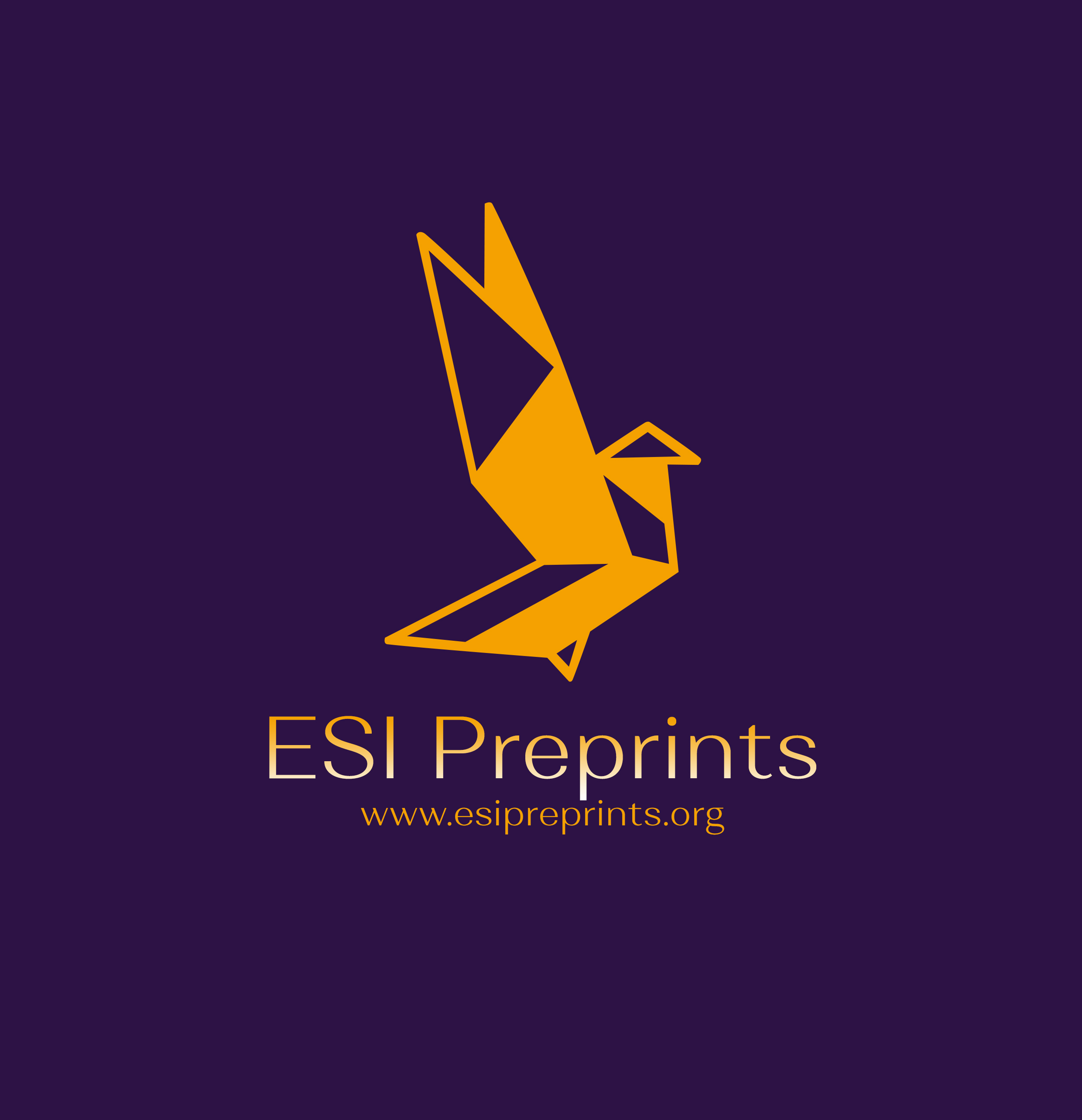Towards Broadcasting Linear Content over 5G Network
Abstract
Today's society relies heavily on linear television systems with planned programs, which are also a crucial form of communication. Broadcast of liner content is evolving, driven particularly by the evolution of end users’ devices, it is has changed from a small number of linear radio and TV channels to a comprehensive and distinctive offer that is available across a variety of various distribution platforms. Broadcasting linear content over 5G networks involves delivering scheduled, real-time content such as live TV broadcasts, radio programs, or streaming events to a large number of users simultaneously. While 5G networks offer significant advantages in terms of capacity, speed, and latency, there are specific considerations when it comes to broadcasting linear content. hassle cellular networks offering the discontinues services, have been predominantly built on a unicast bidirectional communication paradigm for many years, offering its end customers a variety of services. In this paper, we examine the future 3rd Generation Partnership Project (3GPP) 5G Multicast and Broadcast Services (MBS) standards as well as some of its constraints. We also outline the most recent standardization efforts aimed at bringing non-3GPP broadcast networks into the 5G system, along with the suggestions we have made to standards bodies.
Downloads
Metrics
References
2. 3GPP, Technical specification group radio access network; NR; physical channels and modulation(release 16), TS 38.211, Rev. 16.4.0, Jan 2021.
3. 3GPP TR 23.757, “Study on architectural enhancements for 5G multicast-broadcast services; V17.0.0 (2021-03),” Technical Specification, 2021.
4. ETSI TS 103 720, “5G Broadcast System for linear TV and radio services; LTE-based 5G terrestrial broadcast system (2020-12),” Technical Specification, 2020.
5. EBU, TR 044 Trials Tests and Projects Relating To 4G/5G Broadcast Supported by Europian, 2022
6. T. Heyn et al., "Integration of Broadcast and Broadband in LTE/5G (IMB5) - experimental results from the eMBMS testbeds," 2016 European Conference on Networks and Communications (EuCNC), Athens, Greece, 2016, pp. 319-324
7. M. Säily, C. Estevan, J. Gimenez, F. Tesema, W. Guo, D. Gomez-Barquero and D. Mi "5G Radio Access Network Architecture for Terrestrial Broadcast Services," in IEEE Transactions on Broadcasting, vol. 66, no. 2, pp. 404-415, June 2020, doi: 10.1109/TBC.2020.2985906.
8. J. Yle, MTV, Elisa, Nokia, ENENSYS, Bittium and Qualcomm Showcase the Future of TV, Paving the Way to 5G Broadcast”
9. Garro et al., "5G Mixed Mode: NR Multicast-Broadcast Services," in IEEE Transactions on Broadcasting, vol. 66, no. 2, pp. 390-403, June 2020, doi: 10.1109/TBC.2020.2977538.
10. D. Jiménez-Soria, F. Martín-Vega, and Aguayo-Torres, Coordinated Multicast/Unicast Transmission on 5G: A Novel Approach for Linear Broadcasting. Wireless Pers Comm. 121, 1273–1287 (2021)
11. D. Mi et al., "Demonstrating Immersive Media Delivery on 5G Broadcast and Multicast Testing Networks," in IEEE Transactions on Broadcasting, vol. 66, no. 2, pp. 555-570, June 2020, doi: 10.1109/TBC.2020.2977546.
Copyright (c) 2023 Olimpjon Shurdi, Algenti Lala

This work is licensed under a Creative Commons Attribution-NonCommercial-NoDerivatives 4.0 International License.








